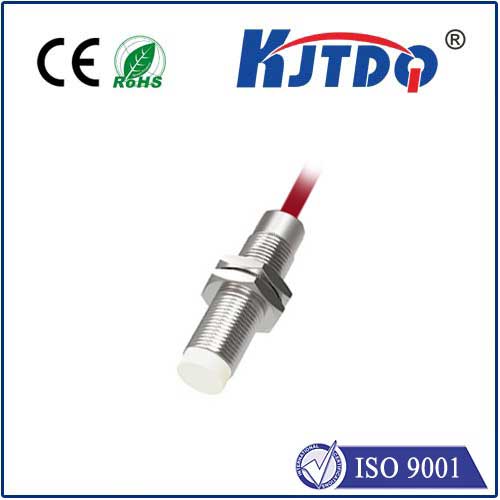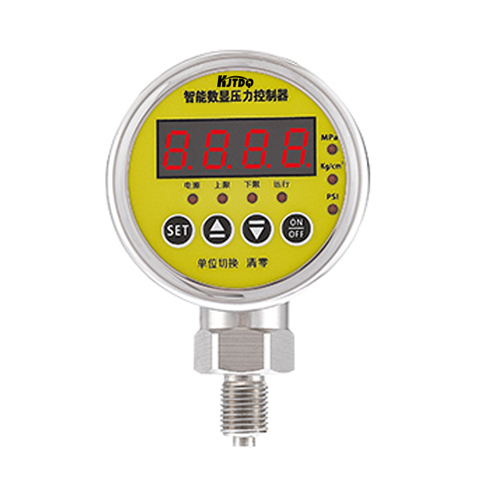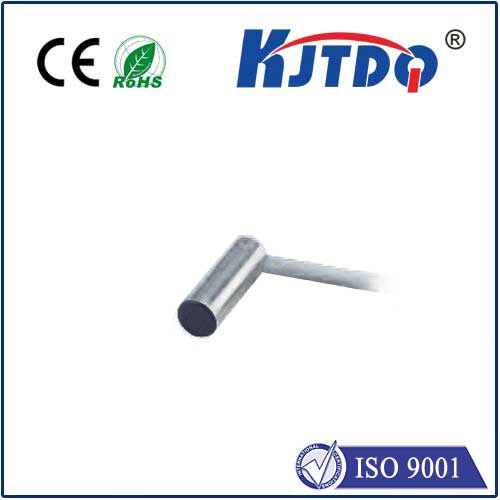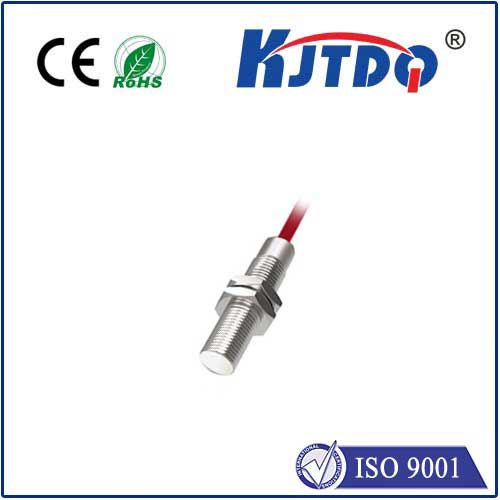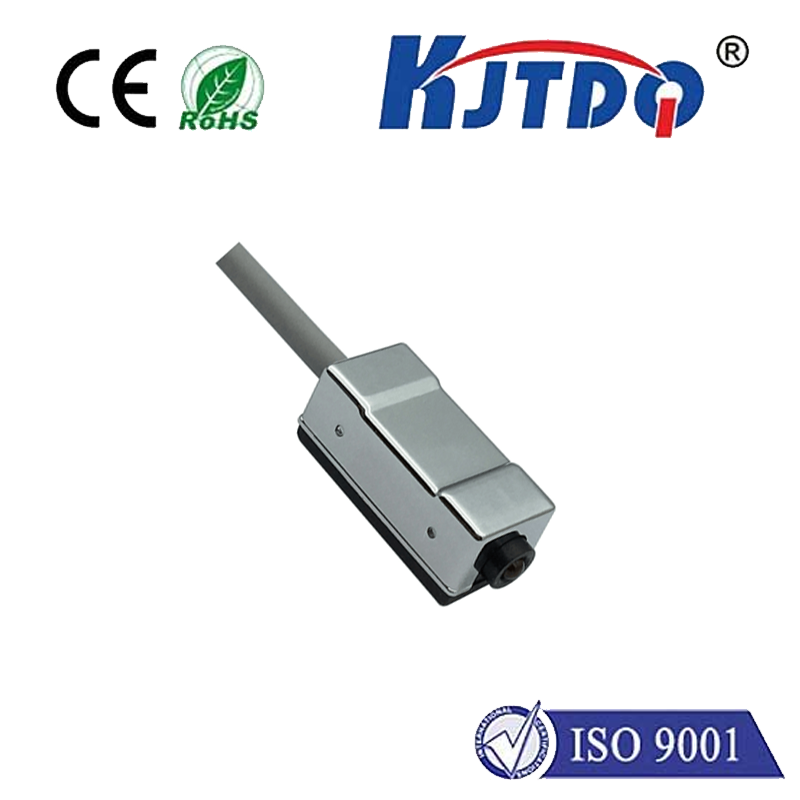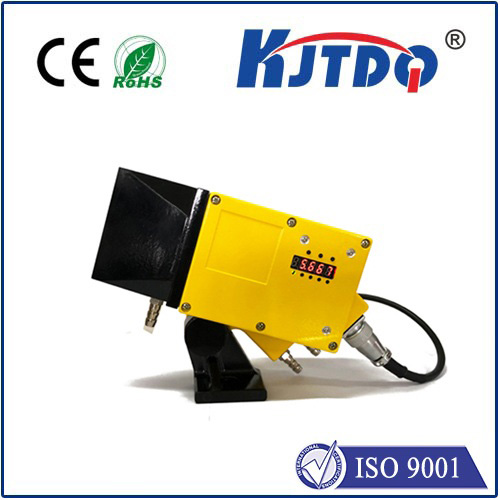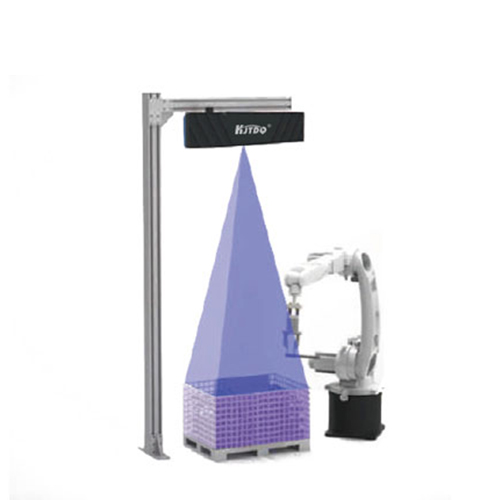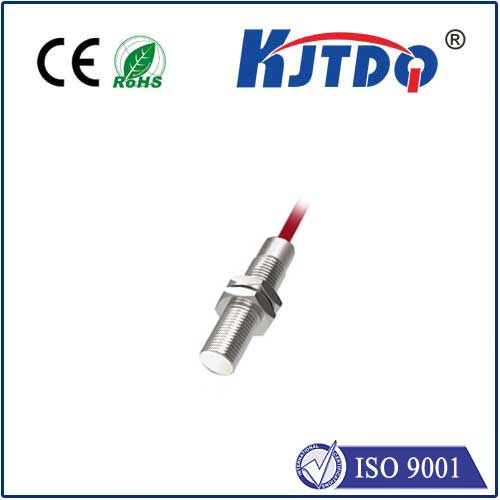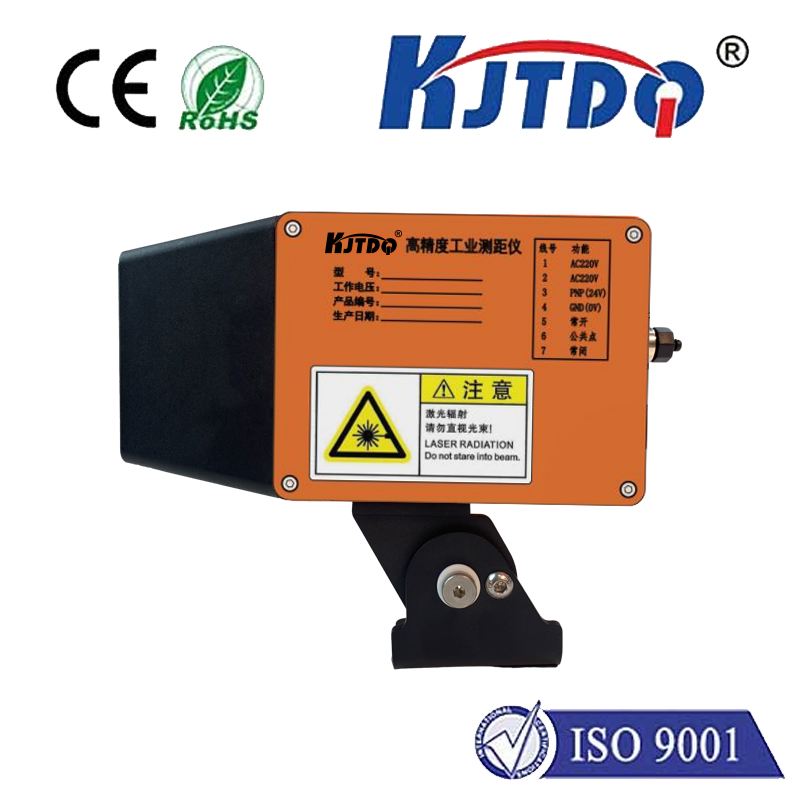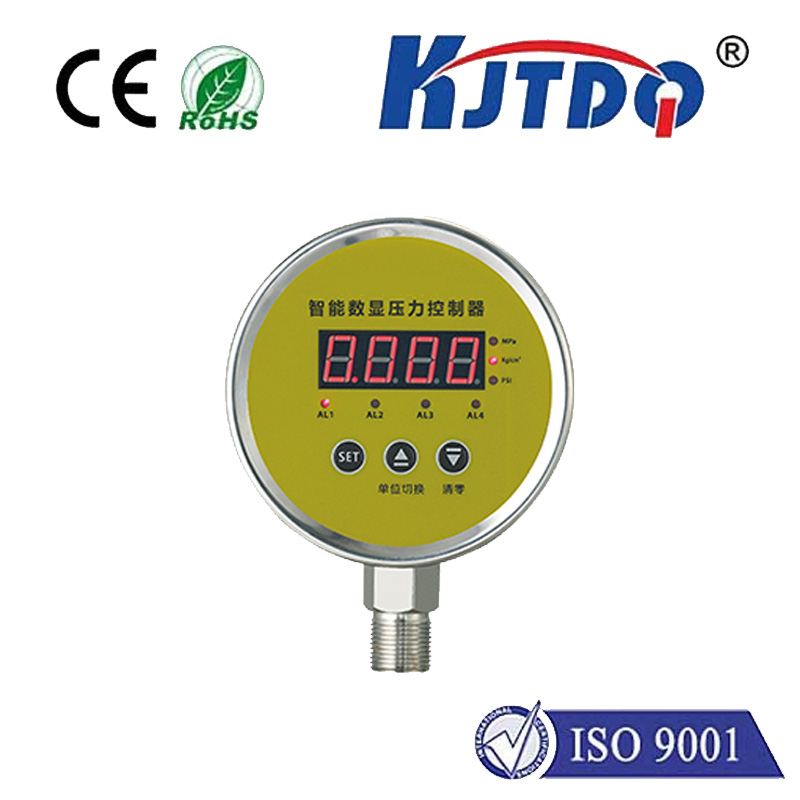

check

check

check

check

check

check

check

check

check

check
Light is more than just illumination; it’s a carrier of information. Detecting, measuring, and interpreting light signals form the backbone of countless modern technologies, from your smartphone’s ambient light sensor to complex scientific instruments. At the heart of this pervasive capability lies a remarkably versatile and efficient component: the photodiode optical sensor. This semiconductor device is the unsung hero quietly translating photons into usable electrical signals across an astonishing range of applications.
Understanding the Core: How a Photodiode Optical Sensor Works
Fundamentally, a photodiode is a specialized type of diode. It contains a PN junction—a boundary between positively (P-type) and negatively (N-type) doped semiconductor materials. When this junction is exposed to light (photons), a fascinating physical phenomenon occurs: the photoelectric effect. Photons possessing sufficient energy (determined by the semiconductor’s material, like silicon, germanium, or InGaAs) can dislodge electrons from the atomic structure within the junction region, creating electron-hole pairs.
Biasing, typically reverse bias, is crucial. Applying a reverse voltage widens the depletion region at the PN junction, creating a strong electric field. This field acts like a separator, swiftly sweeping the newly generated electron-hole pairs apart. Electrons accelerate towards the N-side, holes towards the P-side. This directional movement of charge carriers constitutes a measurable photocurrent. Critically, the magnitude of this photocurrent is directly proportional to the intensity of the incident light. This linear relationship is the cornerstone of photodiode functionality, enabling precise optical sensing.
Key Characteristics: What Defines Performance?

Selecting the right photodiode optical sensor hinges on understanding its key performance parameters:
Ubiquitous Applications: Where Photodiode Optical Sensors Shine
The simplicity, robustness, speed, and cost-effectiveness of photodiode optical sensors make them indispensable in a vast array of fields:
Why Photodiodes? Key Advantages Over Alternatives
While other optical sensors exist (like phototransistors or Charge-Coupled Devices - CCDs), photodiode optical sensors offer compelling advantages:
Present Trends and Future Horizons
The evolution of photodiode optical sensors continues. Research focuses on enhancing performance through novel materials like organic semiconductors or perovskites, improving QE and extending spectral ranges further. Integration is another key trend, with photodiodes increasingly being combined with amplifiers, analog-to-digital converters (ADCs), and signal processing circuits directly onto a single chip, creating highly compact, intelligent “sensor systems on chip.” This enables smaller, smarter, and more energy-efficient sensing solutions. Furthermore, the push towards multi-spectral and imaging photodiodes (e.g., SPADs - Single Photon Avalanche Diodes for lidar) opens doors for even more sophisticated perception capabilities, vital for autonomous vehicles and advanced machine vision.
In Essence
From enabling the global flow of data through fiber optics to safeguarding industrial machinery and monitoring our health, the humble photodiode optical sensor is a fundamental pillar of the modern technological landscape. Its elegant principle—the conversion of light into electrical current via the photoelectric effect—combines with desirable characteristics like speed, linearity, and adaptability to create an exceptionally versatile sensing solution. As materials science and integration technologies advance, the capabilities and applications of these indispensable optical sensors will only continue to expand, silently shaping our interaction with light and the information it carries.
